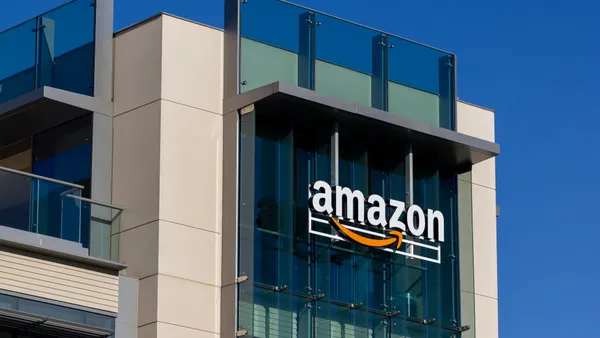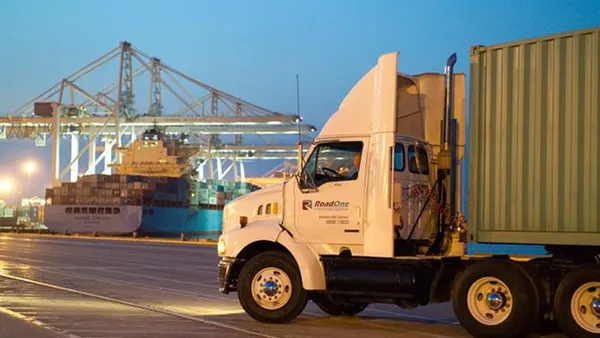Lanny Fleming began his career with Roadway Express in 1977. He was with American Freightways and FedEx Freight for 20 years, and UPS Freight for six.
Yogi Berra once said, “it’s déjà-vu all over again.” The New York Yankees legend could have said the same thing about the ever-changing state of freight volumes.
Transport Dive recently reported freight volumes suffered its largest quarterly drop in over a year according to US Bank. That’s a shift from a short time ago when carriers were creating capacity to accommodate demand.
Adapting to changes in freight volumes and rates is nothing new to LTL carriers and their customers. Because it’s so unpredictable, it just creates headaches for everyone. Carriers benefit from high rates when capacity is tight but experience the opposite when demand is low. Remember that unprofitable business which was overlooked when times were good? Well, now it is a welcome sight, which everyone is pursuing with even more aggressive rates.
The same can be said of LTL customers, 3PLs and brokers. Renegotiating when capacity is plentiful makes sense in the short term, but be prepared to give it all back (and perhaps more) when capacity tightens.
To ease supply and demand imbalances, add trust
We all understand the theory of supply and demand: When freight volumes are low, carriers will drop prices to attract business, but quickly increase them as demand rises.
In the LTL world, these imbalances translate to wide swings in pricing, so it’s best to be prepared. Consider forming long-term relationships through strategic pricing. This is different than a transactional relationship which can be as volatile as the stock market. Strategic relationships require trust and transparency, elements many are unwilling to exercise in a competitive environment.
Carriers today have excellent customer data, which should be shared without hesitation. In my experience, we knew more about a customer’s business and their freight characteristics than they did. When that information was shared with my customer, not only could we help that customer improve its operations but ours as well.
It isn’t uncommon to hear customers complain about double-digit carrier increases instituted with little or no warning. Forcing increases between 20% and 30% puts jobs in jeopardy unnecessarily. If carriers and their customers are transparent and trusting, this may not happen.
The long-term benefits of trusting shipper-carrier relations
The LTL industry should strive to end punitive pricing and create a cooperative environment where both parties share goals, tolerances, and expectations. That should be followed with a set of mutually beneficial intentions, including a strategic pricing approach. A carrier’s goal should be to avoid the wide swings of the pricing pendulum.
For the carrier, the more predictable the price, the more efficient the investment in resources to service the customer.
For the LTL customer, the more predicable the cost, the more efficient they can budget and plan.
And, don’t forget the efficiencies gained by both through more predictable volumes. For the carrier and the LTL customer, this means reductions contributing directly to profitability.
Logic dictates this approach is not suitable for every customer. Some LTL clients are purely transactional, relying on brokers and 3PLs to find competitive rates. While others may have freight that isn’t compatible with a carrier’s network. Also, be aware of transactional customers dressed in strategic clothing.
The key is to vet effectively and choose the right customer with whom you can develop a strategic pricing approach. These customers value long-term commitments and more importantly, value good service. They can help your business construct a solid strategic foundation. With so little to risk and much to be gained, it’s an approach that should be given strong consideration.










